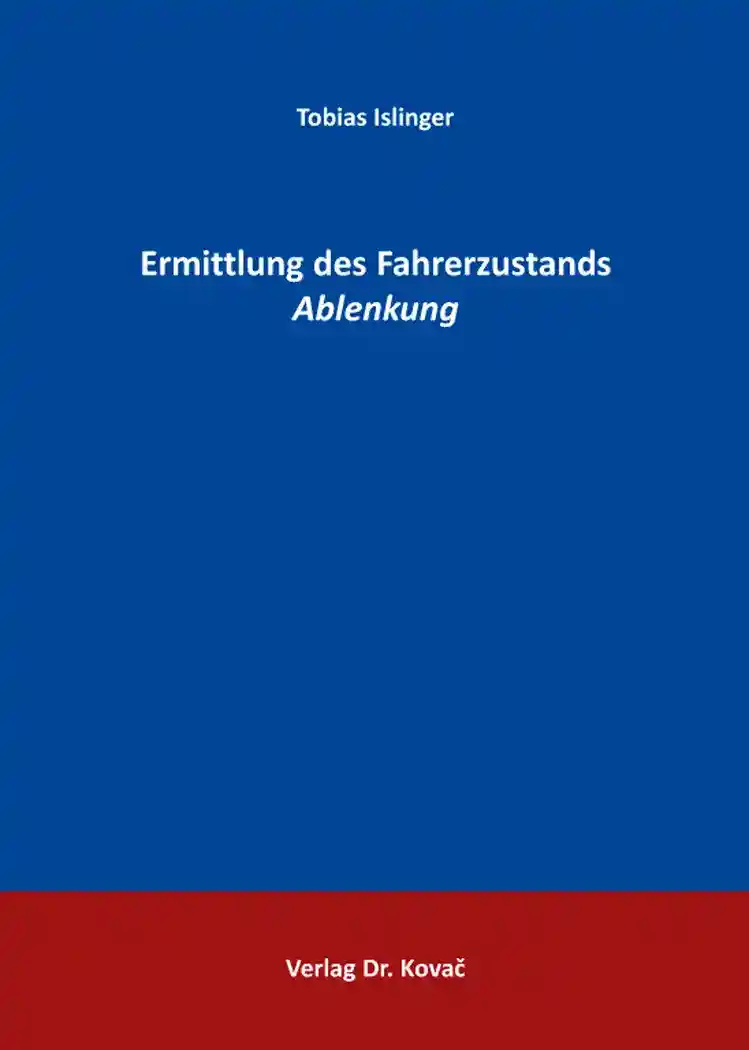Tobias IslingerErmittlung des Fahrerzustands Ablenkung
Schriftenreihe technische Forschungsergebnisse, volume 17
Hamburg 2014, 202 pages
ISBN 978-3-8300-7859-3 (print)
ISBN 978-3-339-07859-9 (eBook)
About this book deutschenglish
A lot of accidents happen due to failures of the drivers. These failures are not only limited to driver distraction, but also the physical condition of the person matters. Therefore, the goal of this paper is to develop an architecture for detecting driver states. Based upon this architecture, an algorithm is introduced which is able to detect driver distraction without a camera, by using only the steering wheel angle.
For being able to develop an architecture, the human being in the automotive context has to be understood. Therefore, an automotive human model has to be set up first, which reflects all states a driver can possiby have and that can be measured in a car today. After creating this model, a match between the different driver states and the available input signals in the car takes place. Furthermore, this architecture considers use cases which can be initiated depending on the driving situation and the driver state.
Based on this architecture, an algorithm is developed which is able to detect driver distraction by using the steering wheel angle as main input source. First, a simulator study was set up in which drivers had to perform secondary tasks – in detail switching from radio to CD, entering an address in the navigation system and writing a short message. By using this data, a new method was developed, which analyses the steering wheel angle for patterns of distracted driving by calculating a discrete Fourier transformation. After having developed this new algorithm for detecting driver distraction, it was implemented in a test vehicle.
This thesis proves that it is possible to detect driver distraction without using cameras by calculating the discrete Fourier transformation of the steering wheel angle. The developed architecture can be seen as a solid basis for future work on driver states.
